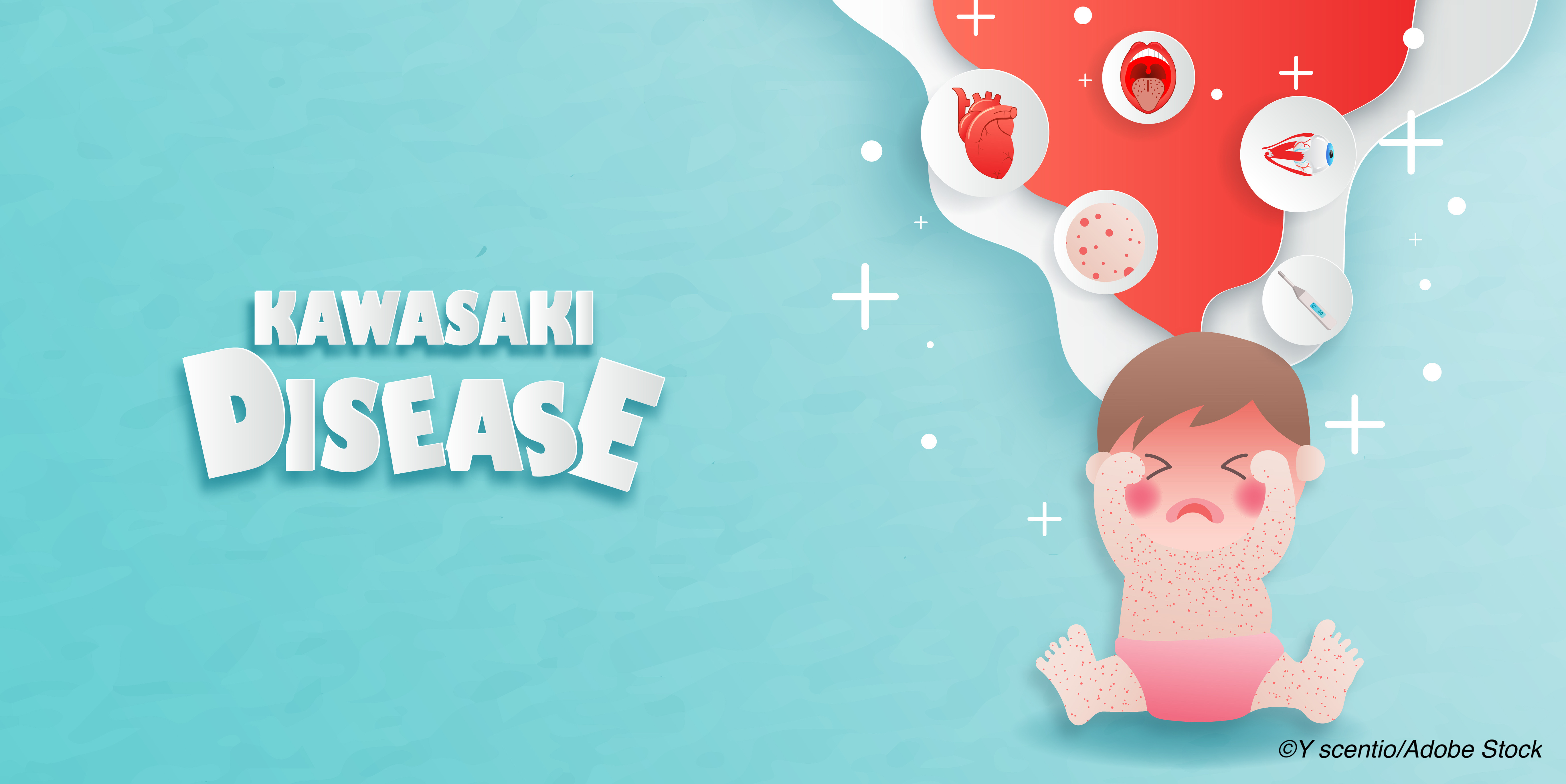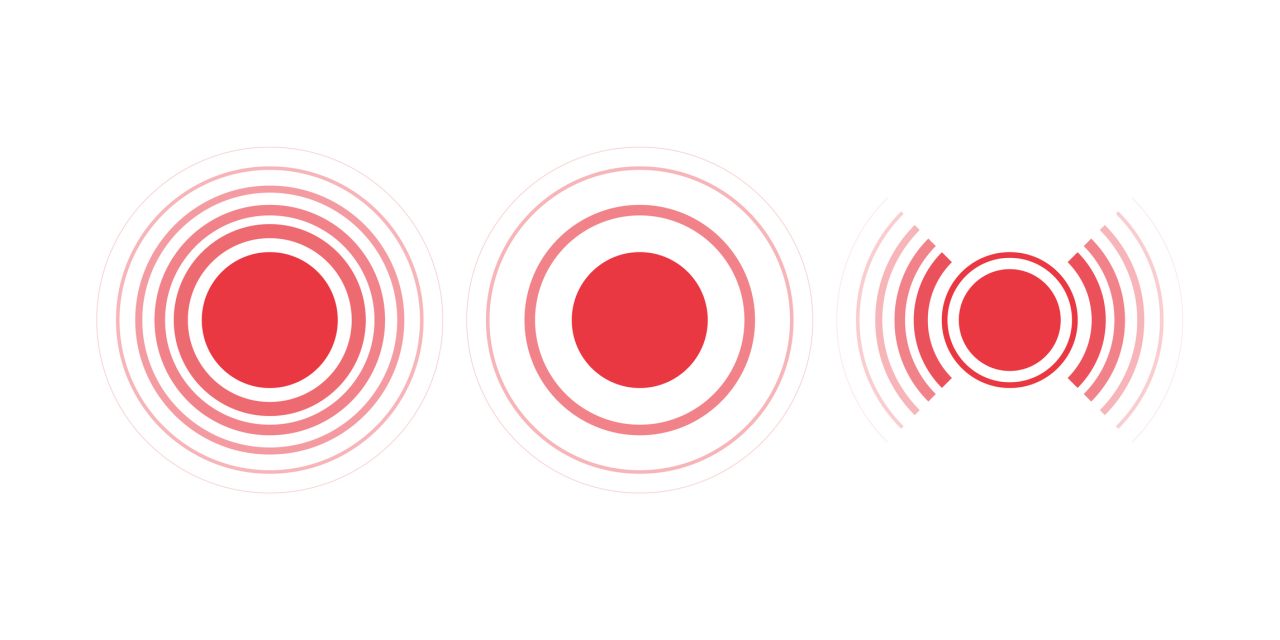
Transmission of Kawasaki disease (KD) is most likely airborne rather than via contact or droplet exposure, according to researchers from Japan. They reached this conclusion through results that showed that — during the Covid-19 pandemic in Japan — the incidence of hospitalizations for KD did not change significantly, despite strict implementation of quarantines, mask wearing, and physical barrier protocols to prevent disease spread, while respiratory tract and gastrointestinal infection rates significantly decreased. They published their results in JAMA Network Open.
“The development of Kawasaki disease (KD) has been suggested to be associated with droplet- or contact-transmitted infection; however, its triggers and transmission modes remain to be determined. Under an epidemic of SARS-CoV-2, the Covid-19 state of emergency in Japan served as a nationwide social experiment to investigate the impact of quarantine or isolation on the incidence of KD,” wrote researchers led by Takuya Hara, MD, of Fukuoka Children’s Hospital, Kashiiteriha, Higashi-ku, Fukuoka, Japan.
In an accompanying editorial, Xavier Rodó, PhD, and Alejandro Fontal, both of the Barcelona Institute for Global Health in Barcelona, Spain, reviewed what is known about KD, and applauded Hara and colleagues for using the once-in-a-lifetime conditions caused by the Covid-19 pandemic to elicit data that may be useful in furthering the understanding KD.
“This pediatric self-limited vasculitis has been escaping full characterization since Tomizaku Kawasaki, PhD, identified the disease that was then named after him,” they wrote.
“[I]n this race against time, a study by Hara and colleagues takes advantage of the unique epidemiological situation caused by the Covid-19 pandemic in Japan to perform a natural experiment that sheds new light on the hidden etiological processes of KD. Indeed, the pandemic itself already has provided KD research with other interesting hints, such as multisystem inflammatory syndrome in children (MIS-C), which was originally named Kawasaki-like multisystem inflammatory syndrome, with symptoms including shock, cardiac, respiratory, kidney, gastrointestinal, or neurological disorders,” added Rodó and Fontal.
In their multicenter, longitudinal, cross-sectional study, Hara and colleagues cross-compared the incidence of KD and infectious diseases (respiratory tract infections and gastrointestinal infections) that had known transmission patterns. To do so, they included 1,649 patients with KD (median age: 25 years; 54.6% male) and 15,586 patients with infectious disease from six hospitals around Fukuoka, Japan.
Between April/May 2015-2019, admissions for KD in this cohort did not significantly change compared with April/May 2020, with a mean of 24.8 versus 18.0 admissions per month, respectively, equivalent to a 27.4% decrease (adjusted incidence rate ratio [aIRR]: 0.73; 95% CI: 0.48-1.10; P=0.12).
During the same time-frame comparison (April/May 2015-2019 compared with April/May 2020), the number of admissions for droplet- or contact-transmitted respiratory tract infections decreased by 75.3% (aIRR: 0.25; 95% CI: 0.17-0.35; P˂0.001), as did the number of admissions per month for gastrointestinal infections, which increased by 86.3% (mean: 43.8 versus 6.0 admissions per month, respectively; aIRR: 0.14; 95% CI: 0.04-0.43; P˂0.001).
As a result, the ratio of KD to droplet- or contact-transmitted respiratory tract and gastrointestinal infections in April/May 2020 was significantly increased (ratio: 0.40 versus 0.12, respectively; χ21 =22.76; P˂0.001).
“In this study, the significantly increased incidence of KD compared with respiratory tract and gastrointestinal infections during the Covid-19 state of emergency suggests that contact or droplet transmission is not a major route for KD development and that KD may be associated with airborne infections in most cases,” concluded Hara et al.
Editorialists Rodó and Fontal point to the reduced incidence of both respiratory tract and gastrointestinal infections during the pandemic, due to the use of face masks and other physical, protective barriers to prevent transmission of SARS-CoV-2.
“At the same time, KD admissions in the same area have only slightly decreased compared with previous years, leading to a compelling increase in the ratio of KD incidence to contact- or droplet-mediated infections. Were these patterns to be consistent, it would suggest that the role of contact- or droplet-transmitted infectious agents as a major route for KD development was unlikely and point to a more relevant role of airborne-carried agents, as proposed elsewhere,” they noted.
“The approach by Hara et al is a stimulating and intriguing experiment that sets the stage for other more populated initiatives with larger sample sizes, longer temporal spans, and a wider categorization of diseases and transmission pathways, which should provide more robust support for the direction the conclusions by Hara et al suggest. It is time now to continue testing in this unprecedented natural scenario the pandemic has prepared for us. If the environmental cause or modulating factor of KD is linked to a mixture of air pollution effects and microbial components eliciting the immune response typically seen in KD, the scene is now set for a different, more ambitious experimental scenario, one in which the array of potential sources of some of these agents and pollutants, including local, regional, or remote, can be selectively controlled for and their relative weights properly elucidated. Let us take advantage of this unique collective opportunity,” concluded Rodó and Fontal.
Study limitations include its small size, short-term duration, limited generalizability, and limited conclusions on the pathogenesis of KD.
-
In this cross-sectional study of 17,235 pediatric patients in Japan, the number of hospital admissions for Kawasaki disease (KD) did not change significantly during Covid-19 quarantine, whereas those for droplet-transmitted or contact-transmitted respiratory tract infections decreased significantly.
-
These results suggest that contact or droplet transmission is not a major route for the development of KD and that the disease may be associated with airborne disease.
Liz Meszaros, Deputy Managing Editor, BreakingMED™
This study was funded by a Fukuoka Children’s Hospital Research Grant.
Hara reported no disclosures.
Rodó has received support from the Spanish Ministry of Science and Innovation, and the Generalitat de Catalunya.
Fontal has received financial support form Health Data Linkage for Clinical Benefit.
Cat ID: 138
Topic ID: 85,138,730,125,520,138,192,927,151,928,925


